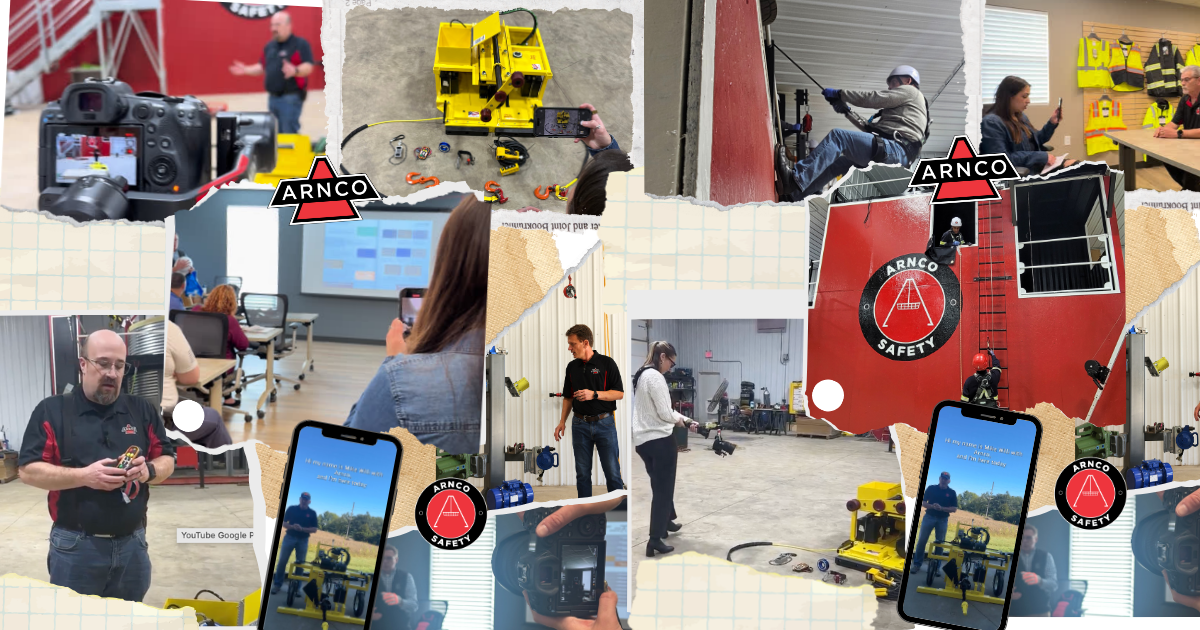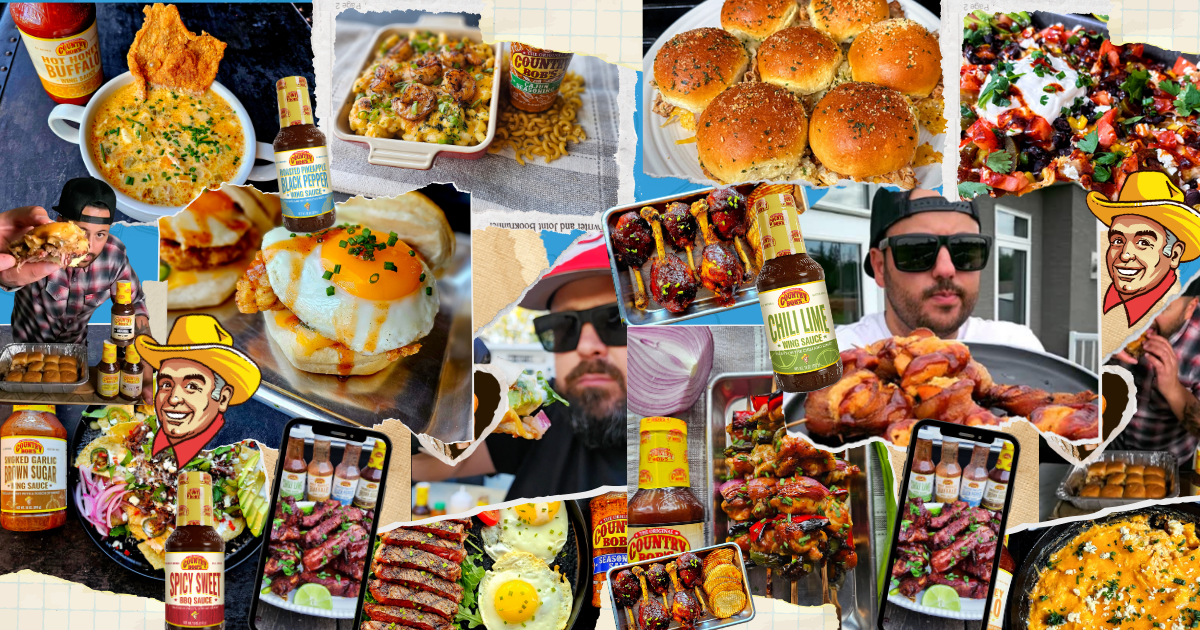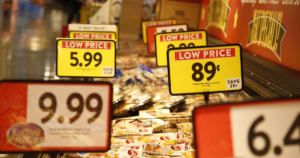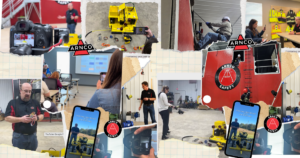Believe it or not, QR code technology has been around for almost a decade.
Nevertheless, for as long as QR codes have existed, consumers, marketers and brands have experienced a hot and cold relationship with these two-dimensional boxes.
Their goal has always been simple – scan with your phone for easy access to wherever its creator wants to take you. The execution, however, took a little bit of time to master.
The QR Code of Yesteryear
In the early days of the QR code, the biggest drawback was that you had to download an app or go to a micro-site to get a QR reader to use it. For many customers, the concept of having to download an extra app or use a QR reader was a big enough point of friction or confusion to say no thank you.
As a result, the QR code adoption in the USA was slow and challenging, causing many retail brands to balk at including it in their marketing efforts.
The QR Code of Today
Today’s QR code is dynamic in real-time with no extra downloads needed to access the information. This is thanks to Apple’s move in 2017 to enable the iPhone’s camera function to read QR codes automatically so users can easily open the corresponding webpage or video. Rival smartphones and their users soon followed suit.
This was certainly the push it needed to be a game-changer for businesses. But it would be 2020’s need for a no contact way to interact with customers that would lay the groundwork for the QR code’s popularity today.
The QR Code’s Growth During the Pandemic
The COVID-19 pandemic of 2020 required organizations to find new ways to reach their customers, keep them engaged and sell their products, especially by using QR Code in retail.
Brands quickly latched onto this Augmented Reality trend in retail since the code-reading functionality allowed for touchless interactions. With many user experience barriers removed, 63% of people in the US scanned a QR code during 2020.
Statista continues to track positive adoption with their report that 37% of people scanned a code using AR in retail during six months of 2020 and projects 3.8 billion interactions in 2021.
The Hustle also recently reported that 50% of all full-service restaurants in the US have added QR code to their menus, PayPal added QR code payments to nearly one million small businesses and CVS even added QR code payments to 8.2k of their locations in the USA.
But despite QR adoption at restaurants on the rise as a direct result of COVID, retail has felt this trend coming even before the pandemic – here’s why.
3 Ways the QR Code is Benefiting Retail Brands
1. Increase in Better Data
QR allows brands to capture and track data or cookies that show how their customers are using an app or webpage. A customized QR shows when it’s used. Through unique phone IDs, brands are able to know your customer and customize the experience.
For example, they can give customers direct access to make purchases and see an immediate return on the marketing investment.
2. Extend Retail Experience
Retail brands now understand how important it is to meet the needs of their customers in a digital and no contact way. QR codes allow interaction without the need to touch an interface or a common device.
In the end, customers have learned to trust QR codes at retailers and restaurants, increasing the virtual interactions in those locations.
3. Create More Far Reaching Connections
A QR code is a perfect way to create a point of connection with consumers that are long-lasting.
Digital signs, advertising and packaging for products are great ways to place content that can be improved and redesigned frequently. In addition, QR codes are tools marketers can use to provide savings on in person sales or links directly to people in stores.
How Brands Use QR Codes to Improve the Retail Experience
Here are two recent QR code activations that caught our attention:
- Michelob ULTRA Organic Seltzers promised to break consumers free of their virtual day-to-day and replace it with a real-life vacation inspired by the brand’s new seltzer flavors when they signed up for the contest via QR Code.
- Check out how Guy Fieri and Kings Hawaiian teamed up to produce an augmented reality experience via QR Codes on their packaging that led consumers on a fun scavenger hunt throughout the store.
Both are perfect examples of how QR is changing consumer marketing and getting results.













